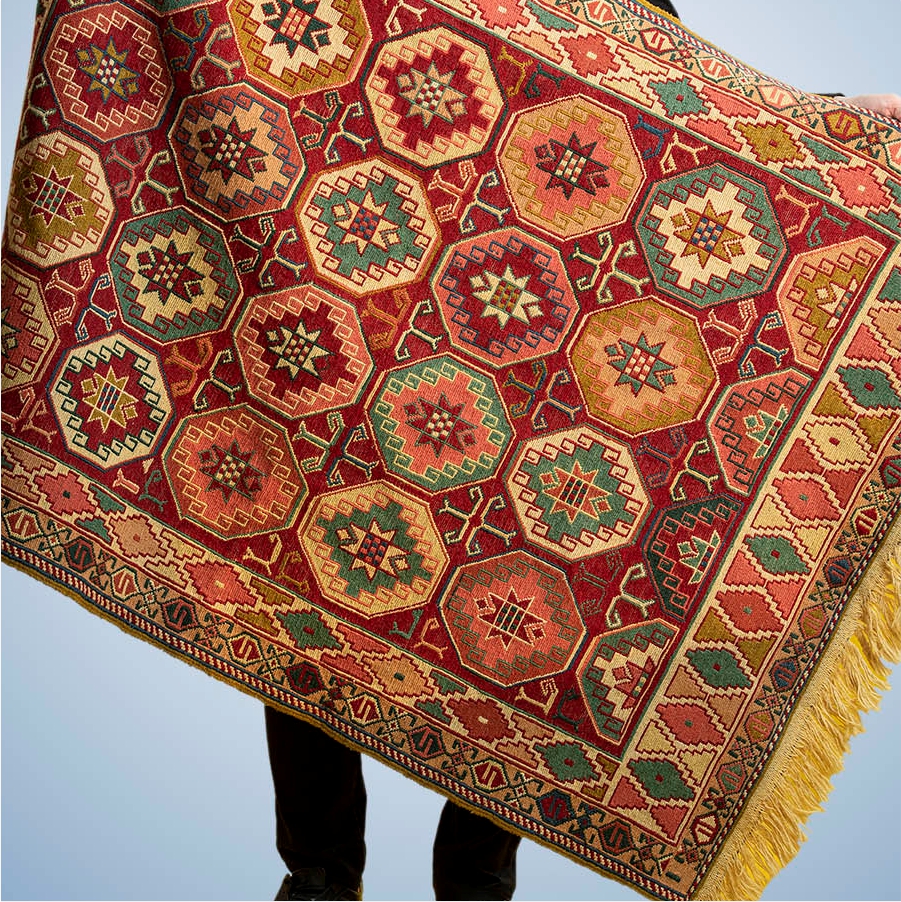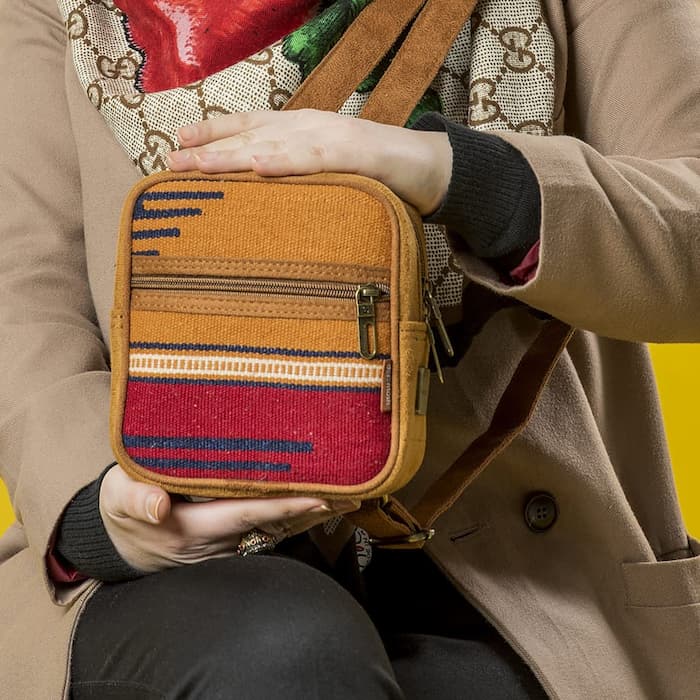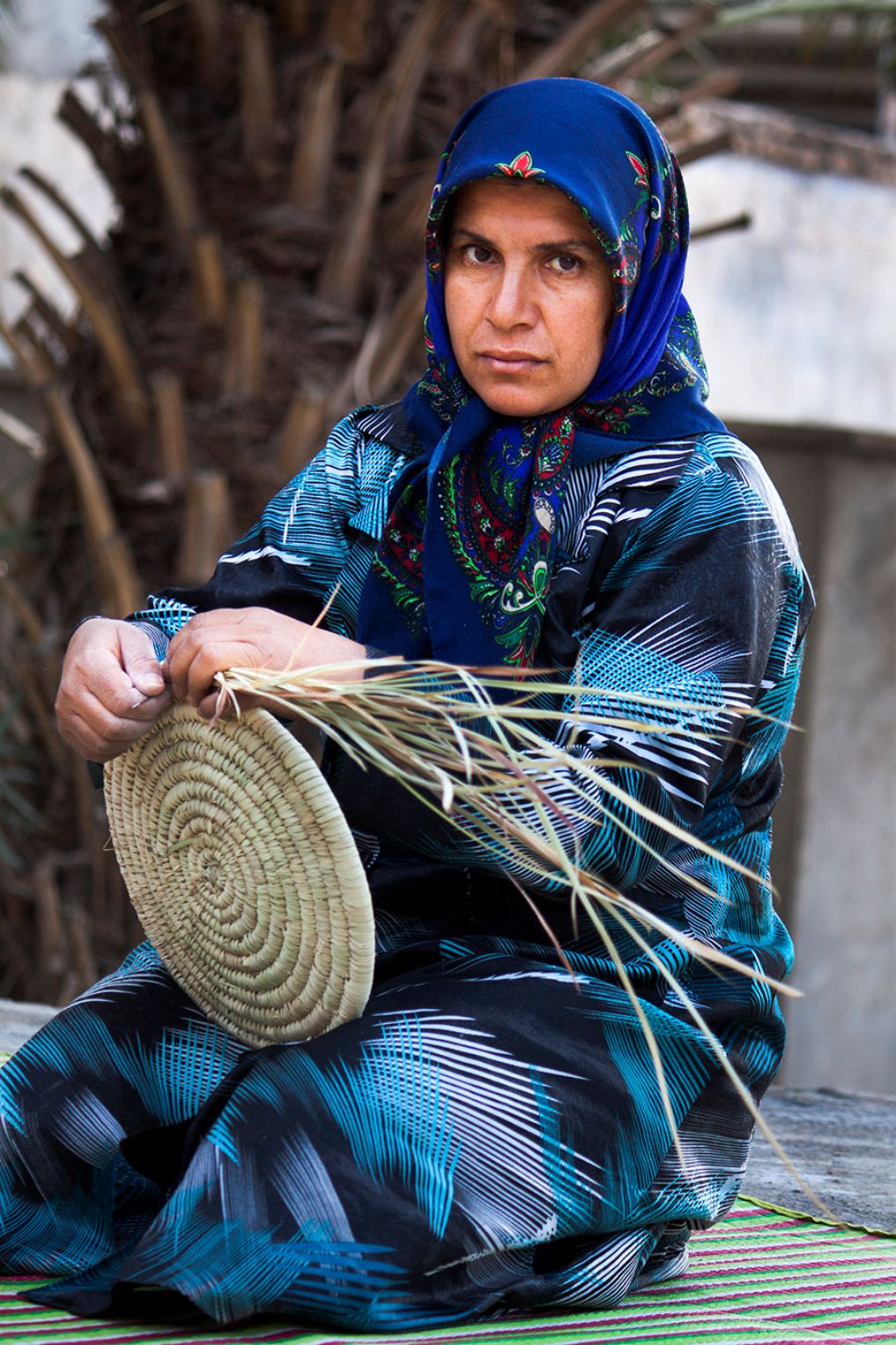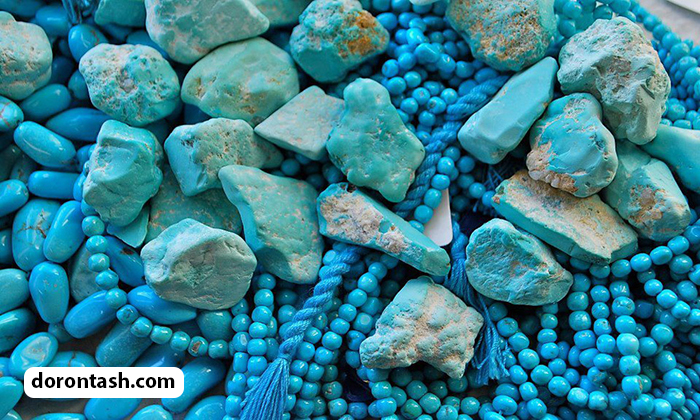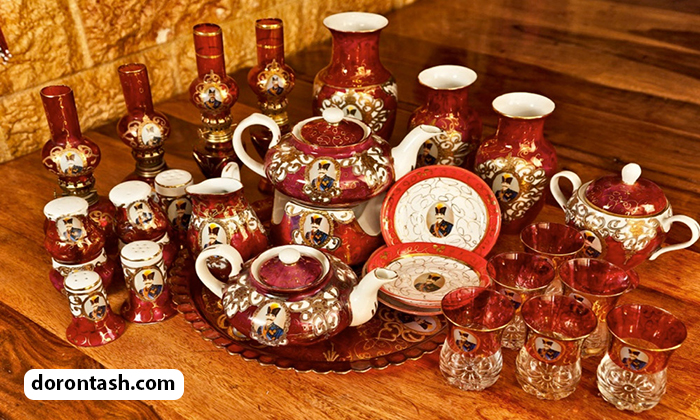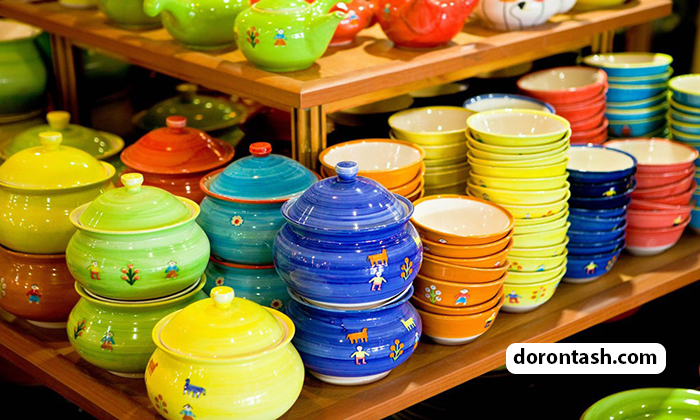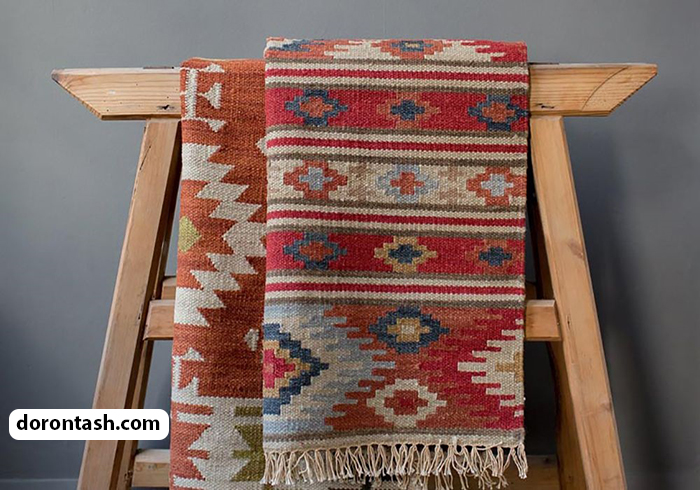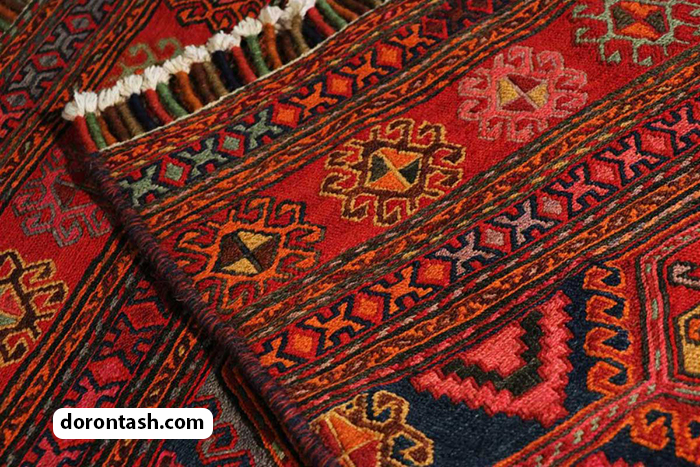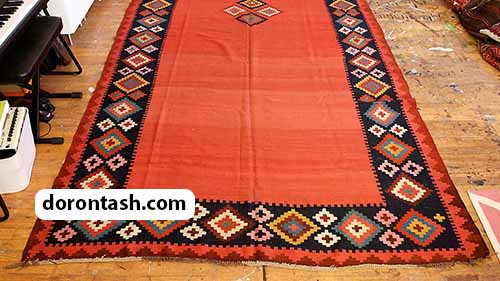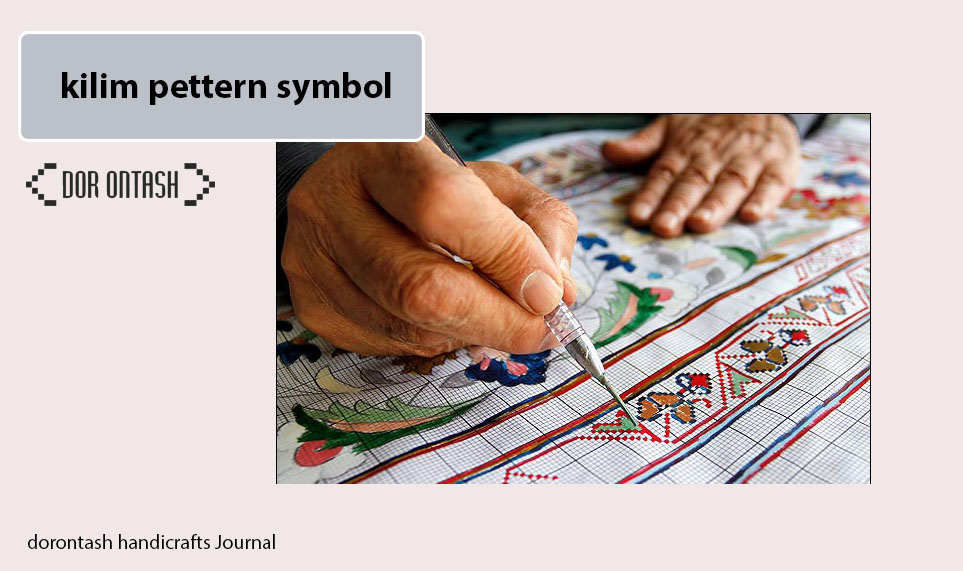History of Iranian handicrafts
Handicrafts of Iran is one of the most significant art industries that has deep roots in the culture and history of this land. Iran’s handicrafts have a wide variety and are far ahead of other handicrafts in the world.
The history of handicrafts in Iran and around the world goes back to the beginning of civilizations. That time when humans first made their necessary tools from wood and stone, such as arrows, knives, etc. Throughout history, Iran, along with other countries such as China and India, is known as the main center of handicraft production .
The reason for the rich history of handicrafts production in Iran can be related to the geographical conditions as well as the civilization and culture of the people of different regions. The history of Iran has had a great impact on the taste of artists by taking different governments and cultures, as today archaeologists believe that the review and investigation of handicrafts should be started from the beginning of civilization and even before that. According to these cases, a detailed history can be given for each of the authentic Iranian arts and crafts, from working with metals and different inscriptions to pottery and textiles.
The history of Iran’s handicrafts during the Sassanid era
During the Sasanian period , Iranian art and architecture recorded one of their peak periods and Sasanian artisans perfected Iran’s metalworking industry. Many examples of trays and containers in different designs of that era, which have been discovered in different countries, including in Russia, show the extraordinary skill of metalworkers during the Sassanid period.
Mention should also be made of the silver castings used to make plates , bowls , cups and mats , which are sometimes made in the form of birds and other animals. Gold, silver or other metal dishes decorated with gold or tooth enamel are among the arts related to Sassanid metalwork.

The history of Iran’s handicrafts during the Seljuk period
Undoubtedly , the Seljuk era is the most brilliant age of metal in Iran. Because in this period, all kinds of metal containers and products were made in the style of copper mold and silver mold, as well as with the methods of making , engraving and meshing . During the Seljuk era, there were other new methods for metalworking, which included the use of metals such as copper and silver in other metal alloys.
The history of Iranian handicrafts during the Safavid period
There is no doubt that Iranian carpets had their most prosperous period during the Safavid period, and valuable masterpieces have been created since then. The most beautiful carpets of Iran in the Safavid era are known as Ardabil carpets , which are now kept in the Victoria and Albert Museum in London .
Tabriz, Hamedan, Kashan, Kerman, Isfahan and Herat were the most important carpet weaving centers of Iran. During the Safavid era, carpets were exported to European countries, and one of the most famous carpets was exported to Poland, known as Polish carpets .
It might not be bad to get acquainted with some of the history and the most popular handicrafts of Iran.
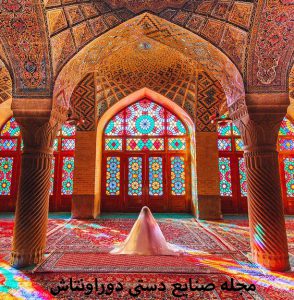
Iranian art and architecture reflect a 5000-year-old cultural tradition with significant progress throughout history. Numerous artists have produced beautiful items that are known around the world. Among the most famous handicrafts of Iran, we can mention Iranian carpets, enameling (silver engraving), miniatures, inlaying, and metalwork.
Iran has many ancient industries. The extent and extent of these branches can be divided into several subcategories, which shows the diversity and prosperity of the level of traditional arts and its roots in the rich history of Iran.

**** Iranian carpet
Iranian carpet is an inseparable product of Iranian art and culture. Undoubtedly, it is one of the most prominent manifestations of the Persian language, which dates back to ancient Iran (about 500 years BC). “Traditional carpet weaving skills” in Fars province and Kashan city were registered in UNESCO’s intangible cultural heritage list in 2010.
Traditional iran handicrafts
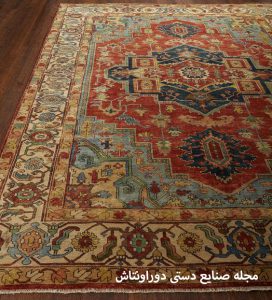
The patterns of the carpets remind you of an Iranian garden, which is full of plants, birds and other animals. Wool, cotton and silk are the most common materials in carpet weaving.
The traditional colors used in Iranian carpets are obtained from plants and insects. For example, red from “runas”, yellow from “onion”, and black from “apple”.
for seeing the most of trditional product please click here
*** enameling (enamelling)
The art of enameling or enameling is the art of firing, which is used to decorate metal and tiles with enamel glaze. The motifs used for enameling are traditional designs, depending on the artist’s taste. In Iran, enameling is mostly done on copper and silver. Enameling and decorating metals with colorful and baked coats is one of the distinguished art fields in Isfahan.
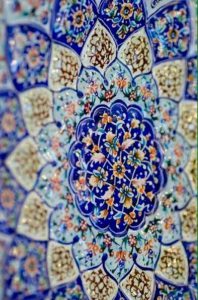
Isfahan’s greatest master of enameling is Shokarullah Sanizadeh, whose ancestor was a famous painter. One of the valuable works of this master was used to print the commemorative stamps of Iranian handicrafts in 1387-87 and was registered as a national heritage. These artists present their works on Chaharbagh Street and around Naqsh Jahan Square.
**** Miniature
Iranian miniature is a rich and detailed painting with religious or mythological patterns. According to the evidence, the art of miniature painting in Iran began in the early centuries after Islam and after the collapse of the Sassanids. However, this art flourished in the 13th century during the Safavid dynasty. One of the characteristics of Iranian miniatures is bright coloring, where the pigments are mineral based.
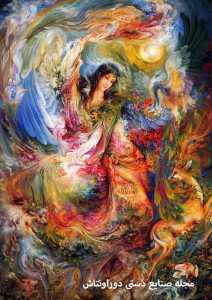
The first painted miniatures appeared in horizontal orientation without any frame. The vertical format was first introduced in the 14th century.
*** Khatamkari
Khatamkari is the art of decorating wooden surfaces with small mosaic-like covers in the form of triangles made of different woods and materials. These materials include areca wood, ebony, citrus tree wood, jujube wood and camel, horse and cow bones.
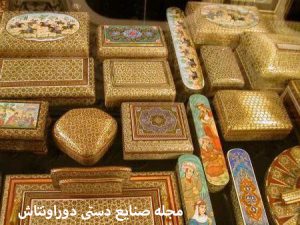
The oldest work of inlay work dates back to the Safavid period, but there is no evidence of when exactly this art began. There are similar works in other countries such as Syria and Lebanon, but Iran is the birthplace of Khatam Kari.
The city of Isfahan was the main center of Khatam during the Safavid period, but after that it became popular in Shiraz. It is used to produce objects such as backgammon, chess board, Quran shelf, frame and small boxes.
*** Engraving
Engraving is the art of engraving great patterns on metals such as copper, brass, silver and gold. Isfahan, like other Iranian arts, is the main center of calligraphy with significant progress in the Safavid period.
photos of History of Iranian handicrafts
